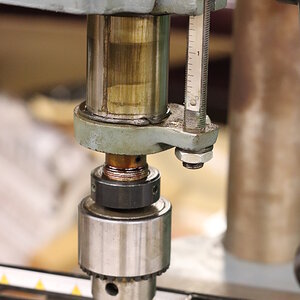snapsnap1973
TPF Noob!
- Joined
- Jan 18, 2013
- Messages
- 147
- Reaction score
- 4
- Location
- Portland, Maine
- Can others edit my Photos
- Photos NOT OK to edit
Hi.
I may have asked this a long time ago, but it bothers me that the colors that I see with my eyes is never what ends up in the picture. The lighting is off too usually from what I see and what comes out in the photo.
For example, I have a beautiful vibrant red jacket hanging in my closet and snapped a pic last night and it comes out a very washed out red or a dull red, not the pretty vibrant red that my jacket is.
How do you go about getting the EXACT shade and color in the picture to match what your naked eye sees?
I may have asked this a long time ago, but it bothers me that the colors that I see with my eyes is never what ends up in the picture. The lighting is off too usually from what I see and what comes out in the photo.
For example, I have a beautiful vibrant red jacket hanging in my closet and snapped a pic last night and it comes out a very washed out red or a dull red, not the pretty vibrant red that my jacket is.
How do you go about getting the EXACT shade and color in the picture to match what your naked eye sees?



![[No title]](/data/xfmg/thumbnail/31/31011-439c1242fe08cf6b54f32bf06523a567.jpg?1619734567)





![[No title]](/data/xfmg/thumbnail/30/30889-6a35eb14fac2d7d837d49a6a1757d874.jpg?1619734500)
